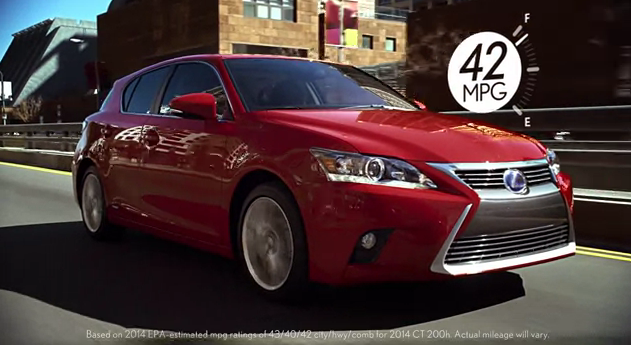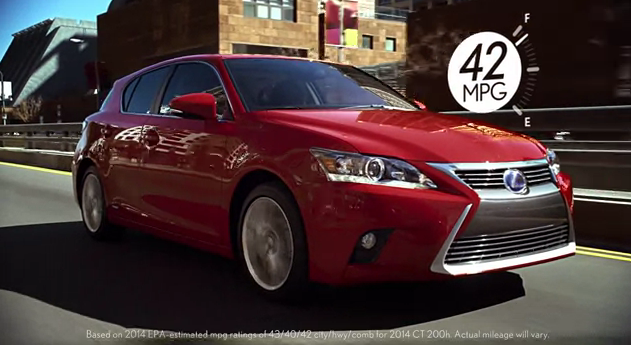
Companies Accused of Greenwashing
When companies green it, they better mean it.
Letter to FTC from consumer groups weighs in on deceptive mileage claims in car ads.
As a consumer, there are few things more maddening than getting slammed at the pump. The expense of an entire night out has been known to be swallowed up in the time it takes to fill your tank.
One way to lessen that blow, though, is to get yourself behind the wheel of a more fuel-efficient vehicle. But how can you trust that the fuel economy being advertised on TV and radio will be realized on the road?
General fuel economy claims like “great mileage” and “savings at the pump” are deceptive when not backed by EPA miles-per-gallon numbers, several consumer groups argue in a July 10 letter to the FTC:
Anytime an advertising claim or mention is made about fuel economy (i.e., “great mileage,” fuel efficient,” “savings at the pump,” “best in class for fuel efficiency,” etc.) the EPA mpg numbers must be clearly presented. In TV and radio ads, there should also be a clear, audible representation of the mpg.
The letter was sent in response to an FTC request for comments, which is now closed, on how the commission should update its Guide Concerning Fuel Economy Advertising for New Automobiles. Among other things, the FTC sought comment on “whether an advertisement is unfair or deceptive if it provides only one type of mileage (e.g., an advertisement that only provides highway mpg).” The consumer groups responded in the letter:
There are three potential numbers (city, highway, and combined) which could be presented singly, or in various combinations. Presenting just the highway or city numbers (by themselves) would clearly be deceptive because few, if any, consumers drive solely on highways or local streets. While it is unlikely that an advertiser would use just the city mpg as it tends to be the lowest rating, many use just the highway in order to present their vehicle in the best light possible.
The consumer groups, which include the Consumer Federation of America and Consumers Union, assert that in the interest of transparency advertisers should either disclose all ratings (with the combined figure emphasized in the largest font on TV or as the last number mentioned on radio), or the combined only.

The groups also contend in the letter that the FTC only permit the use of standardized EPA ratings in mileage advertising, in order to avoid consumer confusion and allow shoppers to make vehicle-to-vehicle comparisons. Their letter said:
There are many ways to measure a vehicle’s potential gas mileage and, as such, allowing alternative mileage rating systems would substantially increase deceptive advertising related to this important consumer purchase information.
“Buying a car is one of the most challenging purchases we all make,” Jack Gillis, director of public affairs at the Consumer Federation of America, said in an email. “Insuring that mpg ratings are fairly presented, accurate, and non-deceptive will help any consumer for whom fuel efficiency is an important purchase criteria. Today, that is a majority of buyers.”
The current debate on advertised fuel economy comes less than two years after an EPA audit found that Hyundai and Kia overstated gas mileage on window stickers on about a third of cars sold over a two-year period. Hyundai later blamed the discrepancy on “procedural errors” at testing operations in Korea.
For more on potentially misleading gas claims, click here.
When companies green it, they better mean it.
Why the FTC should consider virtual influencers as it reviews its Endorsement Guides.
A review of TINA.org’s work uncovering (and putting an end to) deceptive made in the USA ad campaigns.


